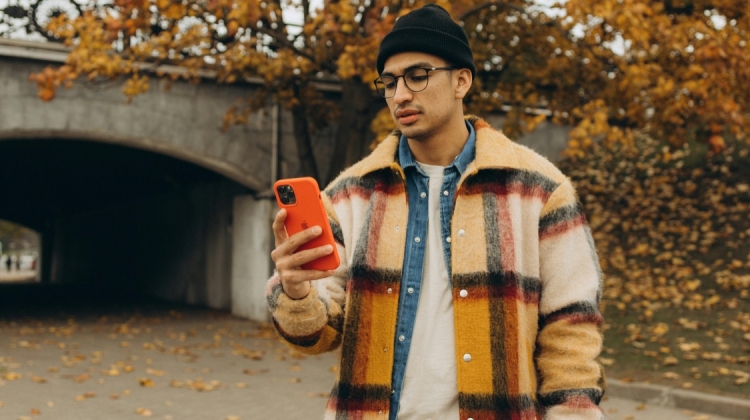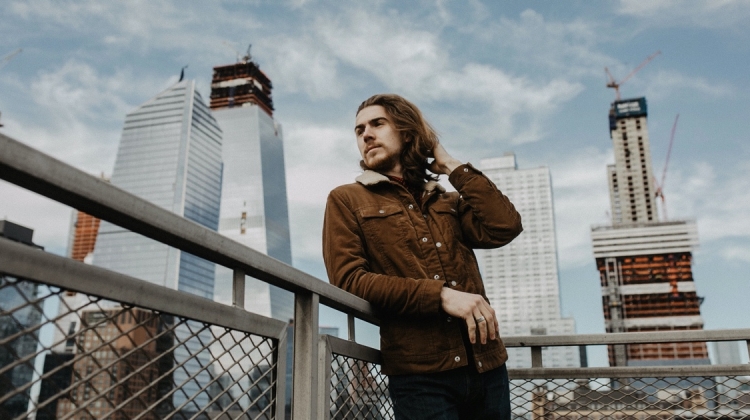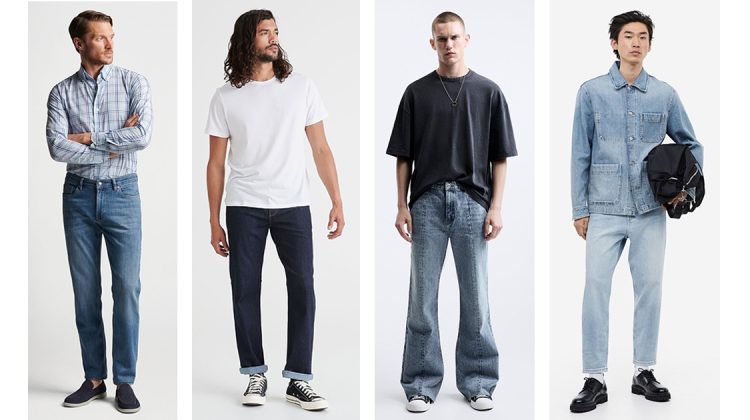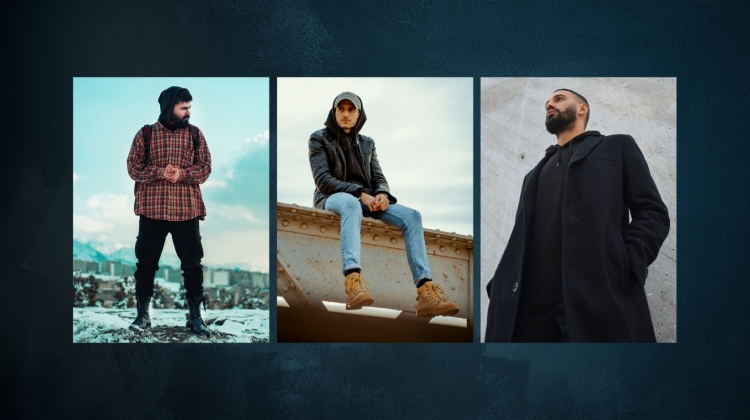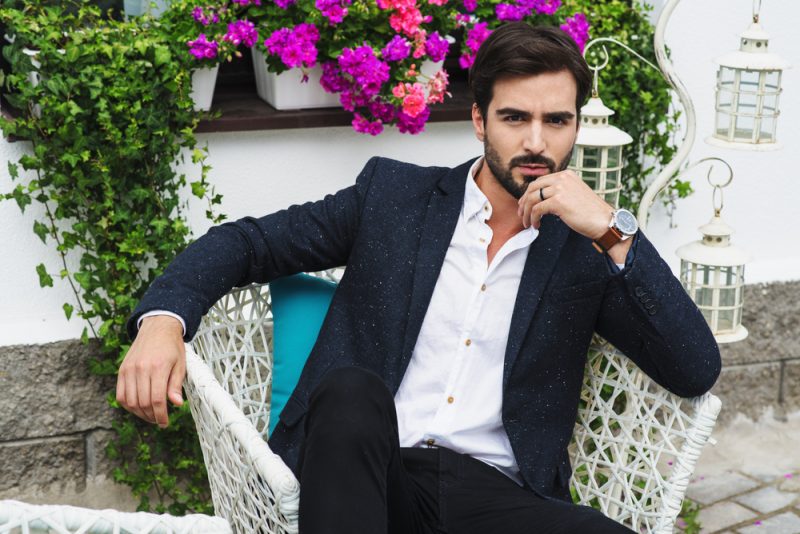
Employee dress is a reflection of the company itself. Therefore, how you dress is essential in conveying the appropriate message to those outside your work.
To do that, knowing the difference between formal and business casual attire is vital. Knowing the difference can enhance the professional image of your workplace environment and your brand and image within your place of work.
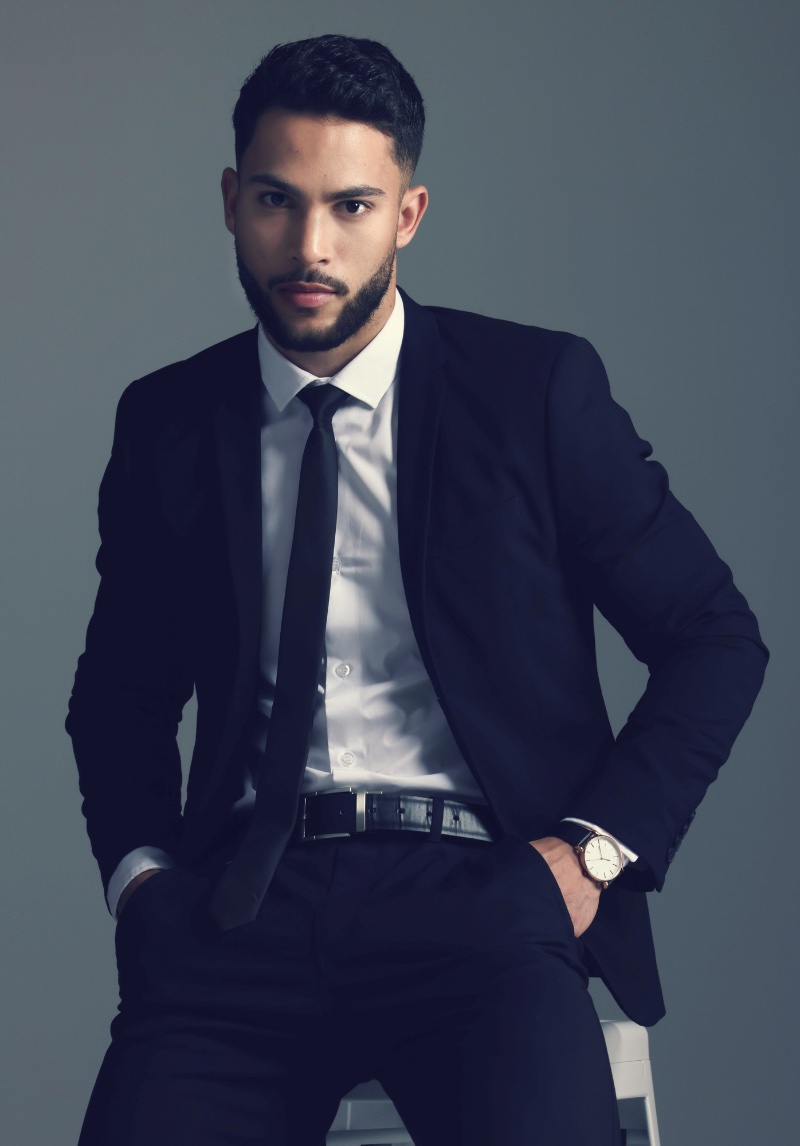
Business Casual vs. Business Formal
For the most part, the choice between the two is based on one’s level of interaction with customers. A group of formally and professionally dressed employees projects an image of success: a trustworthy, knowledgeable business team that will serve its clients successfully.
Therefore, lawyers, accountants, architects, bankers, managers, speakers, and realtors are examples of professions in which formal business attire is required since these people regularly interact with their clients and customers.
Conversely, employees who rarely (if ever) interact with the customer or client are typically able to adopt a more relaxed, business casual look. Let’s take a look at each in a bit more detail:
Business Formal Attire
Men wearing formal business attire should look neat, crisp, and wrinkle-free and project a professional business image. Everything should match and look impeccable, and attention should be drawn to one’s work rather than oneself.
The standard dress code in a business formal environment is a complete, matching business suit that includes a jacket and dress pants. Color and shade are essential, and while you don’t necessarily have to wear black, the degree of darkness depends upon the degree of formality.
The Classic Suit
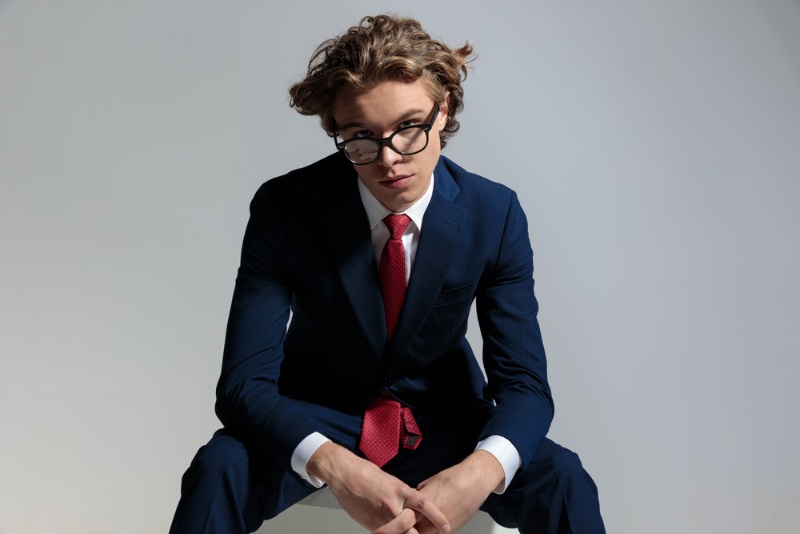
In men’s fashion, a classic ensemble of matching jackets and trousers with a crisp collared shirt and tie will make any man look dapper. To take your style up another notch, consider sporting a three-piece suit—be sure the vest color and fabric complement the rest of the clothing.
If you’re looking for a refined and charming ensemble, look no further than the classic tweed suit. It’s sure to be an eye-catching addition to your wardrobe, leaving you feeling sophisticated and stylish. Finally, finish off this polished look with some gleaming leather shoes.
Dress Shirts
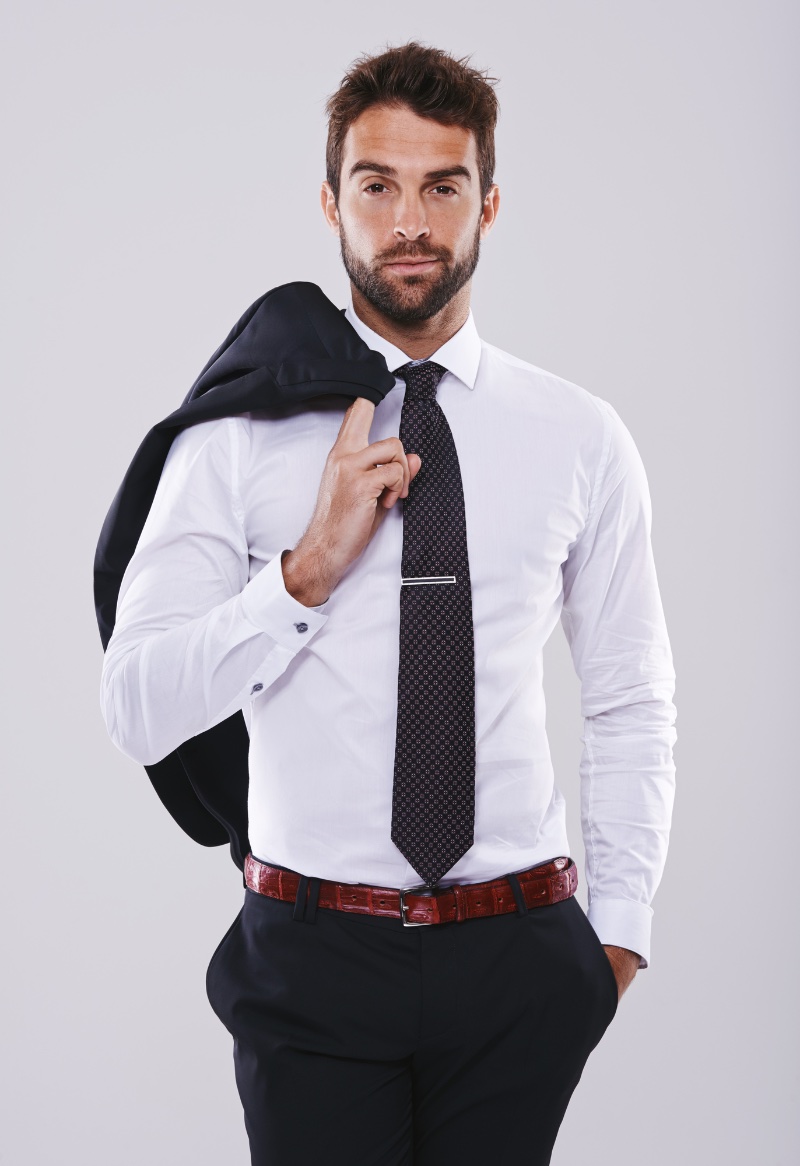
Dress shirts should be light in color, such as white, beige, or light blue. Avoid bright and vibrant hues for dress shirts; a tie is a perfect accessory to introduce bolder tones and patterns into your ensemble.
Men can spruce up their formal business attire with optional accessories such as pocket squares or cufflinks that suit the ensemble. The briefcase should also align with one’s professional look and environment.
Business Casual Attire

We get into some murkier territory here, as there is no general agreement on the precise definition of “business casual attire.” Oxford Dictionary defines the term as “a style of clothing that is less formal than traditional business wear but is still intended to give a professional and businesslike impression.”
Another definition might be “a dress code that encourages employees to project a professional image while enjoying the advantage of more casual and relaxed clothing.” So, while there is no specific set of rules that everyone agrees on, we can begin with the premise that when in doubt, it’s better to err on the side of dressing a little too formally rather than too casually.
A proper business casual dress code will depend on several job factors, including industry, size of the company, number of employees, geography, climate, culture, and the average age of the workforce. Another important determinator is the amount of interaction that will occur between employees and their customers or clients.
Casual Business Essentials

Appropriate business casual attire includes dress slacks or chinos and possibly corduroy pants. Tops should be cotton, long-sleeve, button-down, and pressed shirts. Sweaters are permissible, and ties are optional.
Good quality loafers or shoes should be black or brown, and a good belt should also be black or brown to match the rest of the outfit. Always choose dark-colored dress socks.
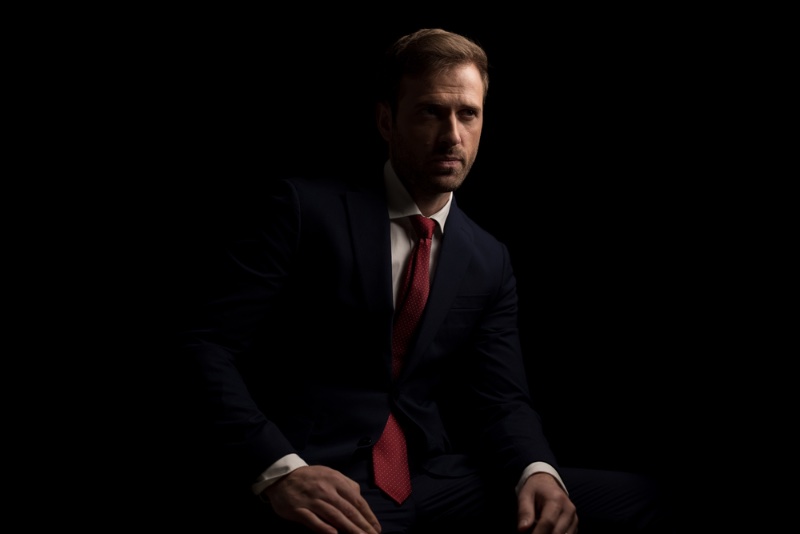
Final Thoughts
While business casual attire may not be thoroughly defined, there are enough guidelines to establish a clear-cut distinction between it and business formal attire: Business formal attire reflects quality and trust within an organization to a client, and that image is intended to draw attention to the work and away from the individual.
It is mainly utilized in certain professions where employees meet directly with clients or customers. In contrast, while business casual attire also reflects on a company, employees usually don’t interact much with the customer or client. They thus can dress in a more relaxed style while still looking professional.
Remember these standards; you should have no trouble dressing for the occasion the next time the situation calls for it! Need more pointers on business casual vs. formal business dress? Consider a trusted image consultant course provided by the experts at the London Image Institute.
